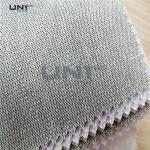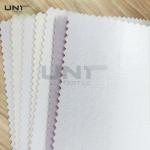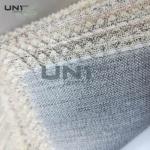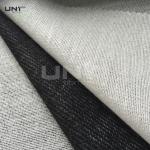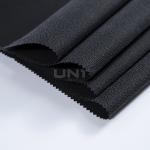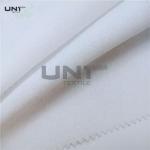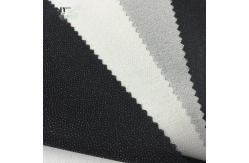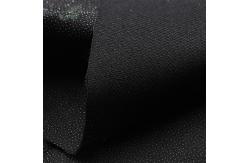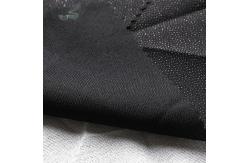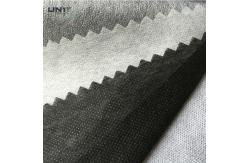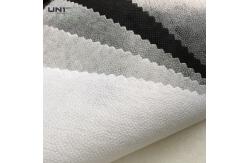Fusible Interlining is a crucial material in the apparel industry, designed to provide
structure and stability to garments. It features a special adhesive
layer that, when activated by heat, bonds the interlining to the
fabric, enhancing both the durability and shape of the finished
product.
Composition and Structure
Typically made from a blend of polyester and cotton, fusible
interlining is available in various weights and types, catering to
different fabric needs. The adhesive on one side allows for easy
application, making it a favorite among designers and
manufacturers.
Key Characteristics
- Heat-Activated Adhesive: The adhesive bonds securely to the fabric when pressed with an
iron, creating a seamless finish without additional stitching.
- Variety of Options: Available in multiple weights and thicknesses, fusible
interlining can be selected based on the specific requirements of
the garment.
- Soft Touch: Many fusible interlinings are designed to maintain a soft feel,
ensuring that the garment remains comfortable for the wearer.
- Stabilizing Properties: It is ideal for areas that require additional support, such as
collars, cuffs, and waistbands, helping garments maintain their
intended shape.
Common Uses
- Shirts and Blouses: Provides structure to collars and cuffs, ensuring they hold their
shape.
- Outerwear: Enhances lapels and front panels in jackets, giving a polished
appearance.
- Dresses and Skirts: Offers support in bodices and waistbands, helping to create
flattering silhouettes.
- Home Furnishings: Used in curtains and tablecloths to add body and reduce
wrinkling.
Advantages
- Efficiency: Reduces the need for extra stitching, saving time and labor costs
in production.
- Customizable: Different types allow for tailored applications across a variety
of fabric types.
- Enhanced Longevity: Improves the wearability of garments, helping to prevent sagging
and distortion over time.
- Professional Look: Provides a clean, tailored finish that enhances the overall
quality of the garment.
Application Tips
- Compatibility Check: Ensure the fusible interlining is compatible with the main fabric
to avoid bonding issues.
- Pre-Washing Fabrics: Wash fabrics beforehand to minimize shrinkage after the
interlining is applied.
- Iron Temperature: Adjust the iron temperature based on the fabric and interlining
type to achieve optimal adhesion without damage.
- Test Application: Perform a test on a small fabric piece to confirm proper bonding
and appearance.
Conclusion
Fusible interlining is an invaluable component in garment
construction, offering essential support, durability, and a refined
finish. Its user-friendly application process and adaptability make
it a preferred choice for both manufacturers and designers,
ensuring garments look and perform their best.
